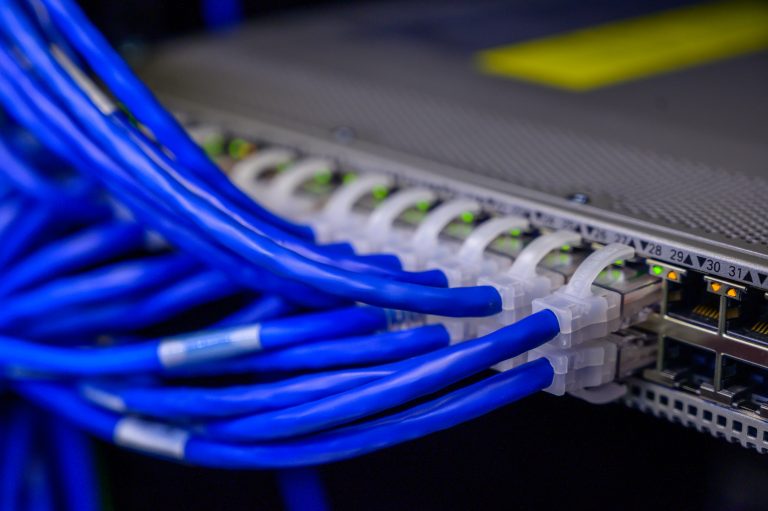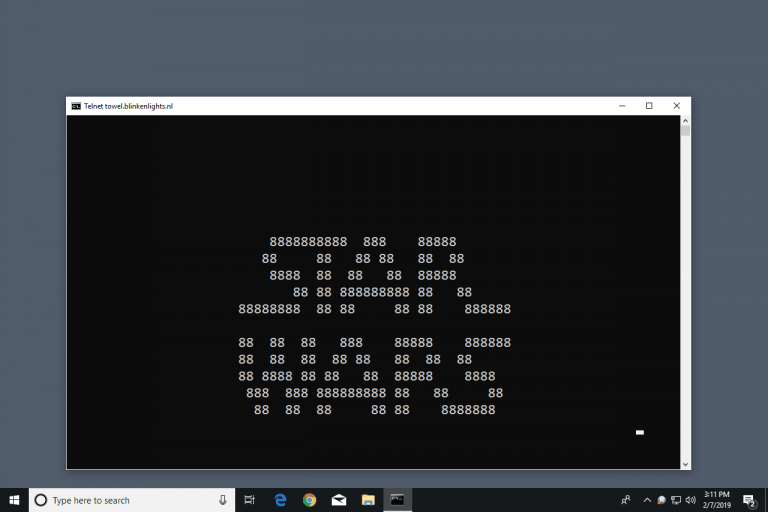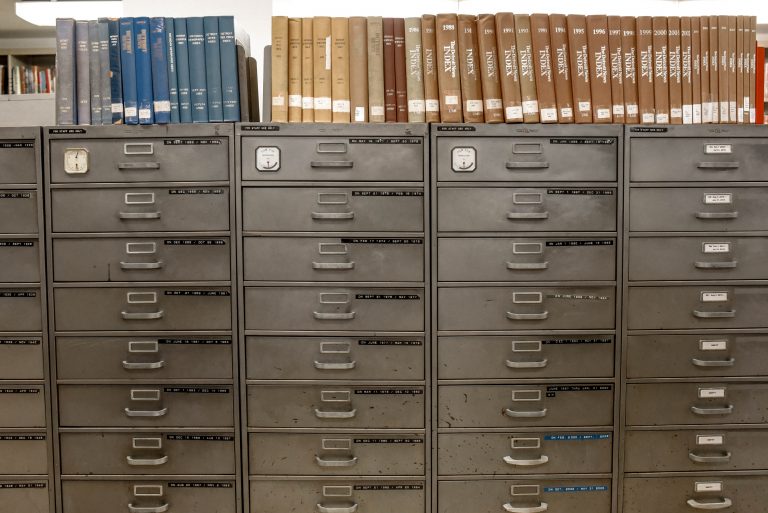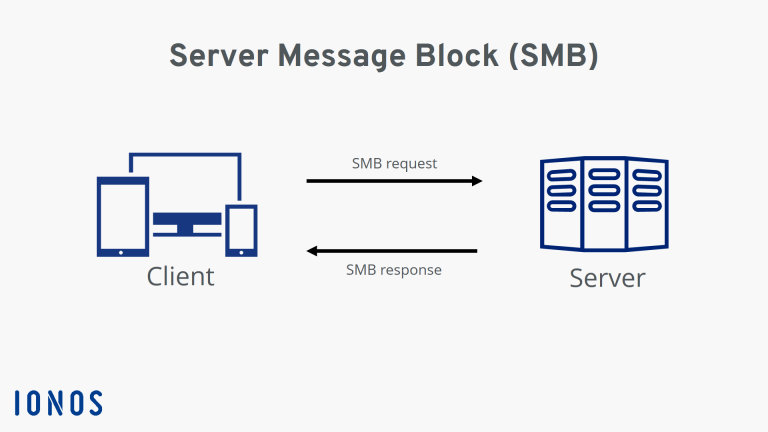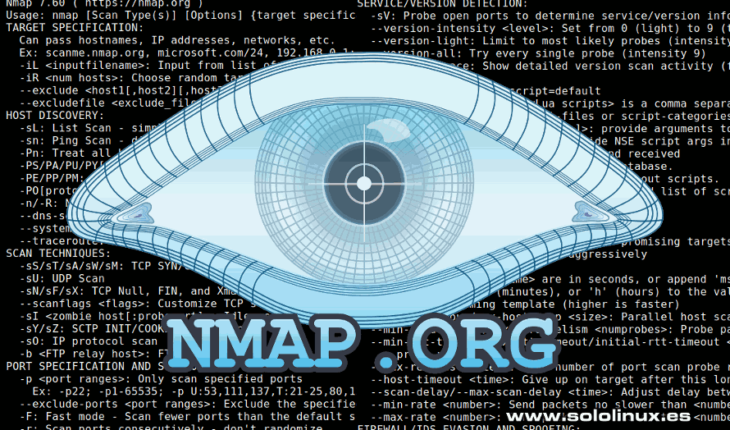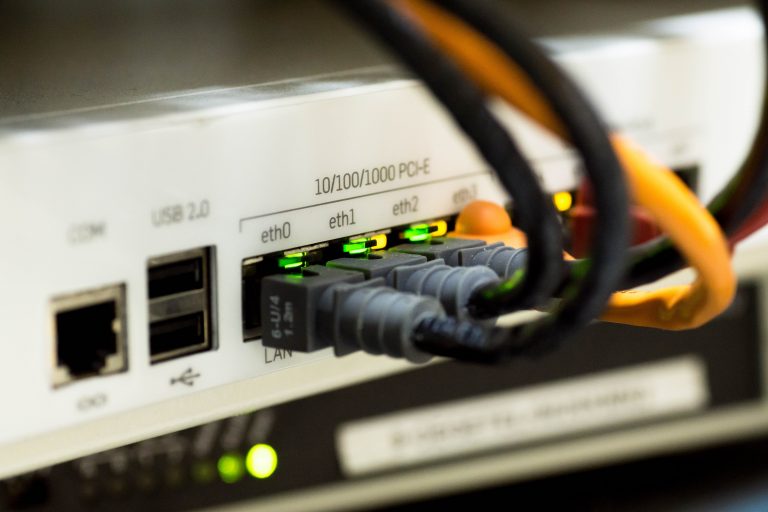THM – Web Fundamentals – Part 10
How Do We Load Websites? Finding the server A DNS request is made initially. DNS is like a giant phone book that takes a URL and turns it into an IP. You dont have to remember the IP of websites. The IP address uniquely identifies each internet connected devices, like a web servere or your computer. They are formed of 4 groups of number, each 0-255 (x.x.x.x) and called an octect. Loading some content Once the browser knows the servers IP, it…





